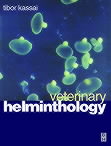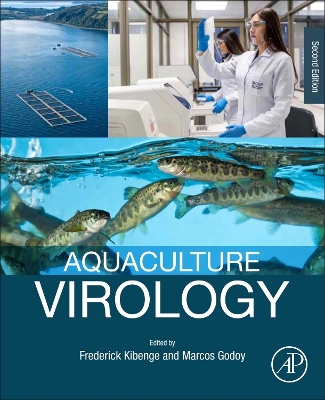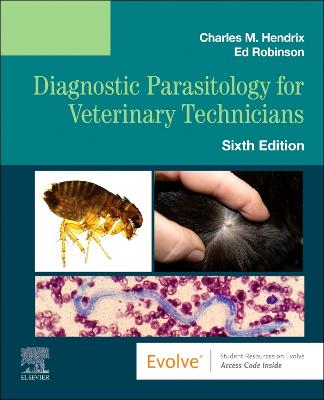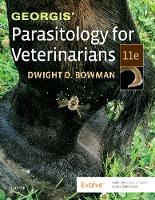Veterinary Helminthology
Veterinary Helminthology
Kassai, Tibor
Elsevier Health Sciences
11/1998
296
Mole
Inglês
9780750635639
0750635630
730
Presents information on the causative organisms, epidemiology and clinical features of helminth infections encountered both in temperate and tropical zones. This book helps the reader to reach diagnosis, select an chemotherapeutic agent, and judge alternative options for designing integrated, economic and sustainable worm control programs.
Introduction; Glossary (terms and definitions); The system in parasitic helminths; PART I: Helminths as disease agents (detailed descriptions of disease entities caused by flukes, tapeworms, roundworms and thorny-headed worms); PART II: Anthelmintic therapy and control (principles of cost-effective and safe use of anthelmintic medication); Anthelmintic resistance; Non-chemotherapeutic control alternatives (management strategies, breeding hosts for worm resistance, helminth vaccines, biological control); Planning of integrated control strategies (for horses, cattle, sheep, goats and pigs); PART III: Diagnostic helminthology: detailed description of techniques used both in the laboratory and in the field for the diagnosis of helminth infections (examination of faeces, urine, blood, muscles, skin, post mortem worm count techniques; molecular biological methods); Charts of worm eggs of major host species; APPENDICES: Multilingual dictionary of helminths; References and further reading; Index.
Este título pertence ao(s) assunto(s) indicados(s). Para ver outros títulos clique no assunto desejado.
Presents information on the causative organisms, epidemiology and clinical features of helminth infections encountered both in temperate and tropical zones. This book helps the reader to reach diagnosis, select an chemotherapeutic agent, and judge alternative options for designing integrated, economic and sustainable worm control programs.
Introduction; Glossary (terms and definitions); The system in parasitic helminths; PART I: Helminths as disease agents (detailed descriptions of disease entities caused by flukes, tapeworms, roundworms and thorny-headed worms); PART II: Anthelmintic therapy and control (principles of cost-effective and safe use of anthelmintic medication); Anthelmintic resistance; Non-chemotherapeutic control alternatives (management strategies, breeding hosts for worm resistance, helminth vaccines, biological control); Planning of integrated control strategies (for horses, cattle, sheep, goats and pigs); PART III: Diagnostic helminthology: detailed description of techniques used both in the laboratory and in the field for the diagnosis of helminth infections (examination of faeces, urine, blood, muscles, skin, post mortem worm count techniques; molecular biological methods); Charts of worm eggs of major host species; APPENDICES: Multilingual dictionary of helminths; References and further reading; Index.
Este título pertence ao(s) assunto(s) indicados(s). Para ver outros títulos clique no assunto desejado.






